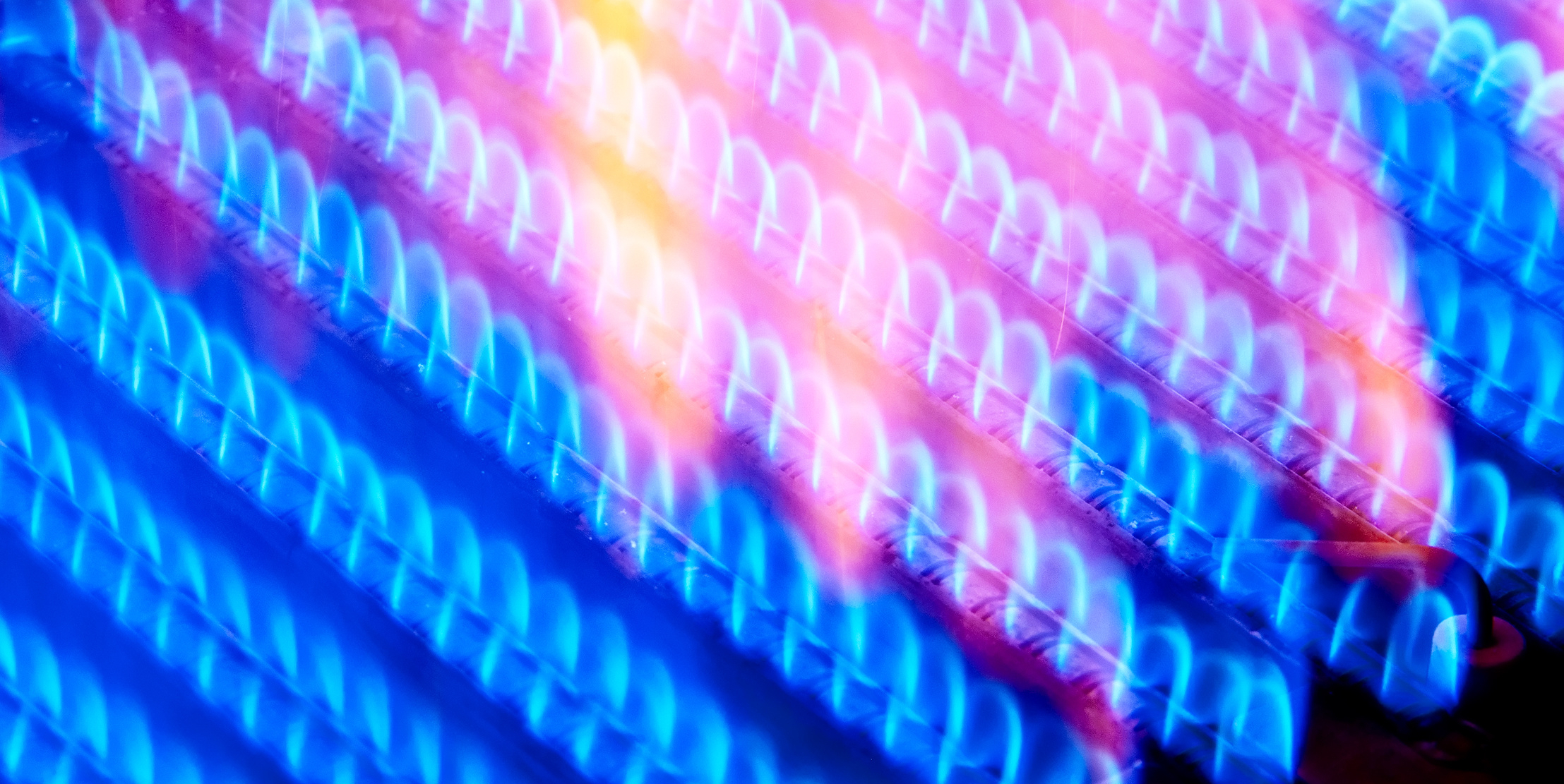Around 900,000 households in Austria are staying warm this winter thanks to gas heating. This means that gas accounts for 22% of home heating supply. In order to become climate neutral by 2040, however, government programmes stipulate, among other things, that gas heating systems should no longer be installed in new buildings. This would mean giving up a reliable and climate-friendly energy source. In the heating sector in particular, which is strongly seasonal in nature, we need an energy source that is reliably available and also storeable.
In the well-developed gas infrastructure that already exists, large amounts of energy are not only transported and stored efficiently but are also barely perceptible for the environment. This means that gas is always available in suffiencient quantities when it is needed, including for heating in winter. Currently there is no other form of seasonal energy storage that is possible in the required quantities.
Gas is already a low-carbon alternative. With an increasing proportion of “green gas” in the form of biomethane or with the help of synthesis gas produced with renewable electricity, which can be transported and stored through the existing infrastructure, gas becomes a completely CO2 neutral alternative. A ban on gas heating would deprive future households of this reliable, cost-effective and environmentally friendly source of energy.
Gas as the mainstay of a stable energy system
In the greater Vienna area, where many alternative heating forms are not feasible, experts are puzzling over the optimal heating form of the future. They see air heat pumps as the solution. However, air heat pumps need large amounts of electricity, especially in the cold season, when electricity production from renewable sources also rapidly reaches its limits. In 2019, gas power had to be used in Austria to stabilise the electricity network. On an average winter day, gas contributes to around 30% of Austria’s electricity production.
In order not to overload the capacity of the electricity grid in future, hybrid energy systems and networks are a good solution. They build on the synergies in infrastructure and efficiency enhancements between the electricity and gas sectors. This includes the transportation of energy via long distance pipelines, the short- and long-term storage of energy, and a high degree of flexibility through the main energy suppliers of gas and electricity.
In order to achieve the climate targets by 2040, it makes sense to rely on an energy mix that is not too expensive, produces few emissions and is able to reliably supply energy around the clock. As a long distance gas transmission operator, Gas Connect Austria is using its expertise to contribute to the process of achieving climate change. However, whether greener and more environmentally friendly gas heating systems will play a role in the future energy mix will depend above all on political decision makers.

